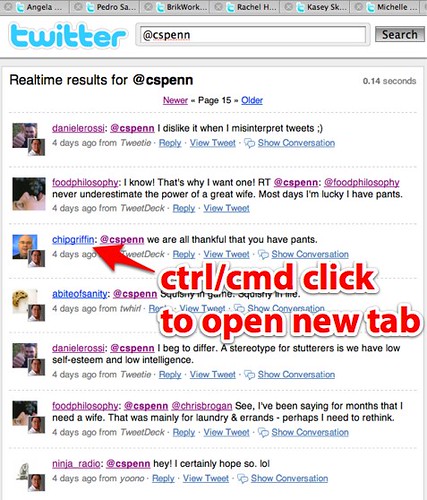Here’s another obvious but overlooked aspect of communication: you’re selling emotion.
We are emotional creatures. We feel first, then think – and this is wholly right and as it should be, because to feel primal fear is to ensure survival. You don’t analyze how many claws the lion has, you feel the fear and run like hell.
Knowing this, knowing that we are emotional creatures first, think very careful about your work in marketing, advertising, and media. In all of your work, in all of your campaigns, you want to target an emotion as the hook that attracts attention, convinces the prospect, and converts the customer. In all of your media, you have to decide what end emotion you want someone else to feel, and plan your work accordingly.
I’ll give you a few examples.
In the Financial Aid Podcast and my work on FAFSAonline.com, the free FAFSA application prep site, I focus on the emotion of reassurance. When you’re done, I want your fears to be mitigated, I want you to feel a little more confident that the financial aid process is manageable, that you can do and accomplish everything in the process, and that it’s not the mind-boggling maze that others market to your fears in order to get you to buy, sign on the dotted line, and hope everything will be all right. Quite the opposite. I want you to feel reassured, a little more secure, and resolute in your ability to navigate the process.
In Marketing Over Coffee, the emotion John Wall and I go after most often is conspiracy. Not tin foil hat stuff, but the sense that you’re in on the secret. You’re a part of the secret club of Marketing Over Coffee, you’re there with us in the coffee shop as we talk over stuff that’s of interest to us. You know the special handshake, the secret sign, and all the privileges that come with being on the inside, with the “in” crowd.
Look at a product like the Pet Rock from the 1970s. Who in their right mind would have predicted that this phenomenon would have taken off? Actually, looking back, there’s absolutely no surprise that it did, as it markets to the dual emotions of convenience and guilt. You know someone who’s endured the childhood trauma of losing a pet. You also know people who are so absent minded they’d lose their own reproductive organs if they weren’t integrated in them. Pet rock’s marketing to the emotions of knowing you can’t possibly hurt your pet rock, nor do you have to be responsible in any sense.
Examine the feelings generated by many of the well known folks in social media. How does Chris Brogan make you feel? How does Gary Vaynerchuk make you feel? How about Ann Handley, Pete Cashmore, Guy Kawasaki, Seth Godin, Perez Hilton, or Justine Ezarik? I guarantee you that if you know of any of these folks, the answer is never “nothing”. They all create emotions in you that make the sale.
Heck, how do I make you feel?
Look at your own products, services, and communications. Ask yourself what your audience is currently feeling. If the answer is nothing, you’re in a heap of trouble. (this, by the way, is what most of us feel when reading press releases) If you don’t have a core emotion as part of your marketing, advertising, and communications strategies, stop everything else and go think that through.
You’ll feel better for it.
Did you enjoy this blog post? If so, please subscribe right now!
Enjoyed it? Please share it!
Get this and other great articles from the source at www.ChristopherSPenn.com








 Let me tell you a story about fear, from the martial arts. A long time ago, a decade ago, the test in my dojo to go from green belt (intermediate) to brown belt (advanced) was incredibly rigorous. The test was typically three parts. In the first part, you as the candidate faced off against one of the senior black belts in the dojo. They had a shinai – a four foot bamboo practice sword that, while it wouldn’t cut flesh or break bones, would still hurt like hell. Their mission was to try and beat you with the stick for what seemed like an eternity. Your mission as the candidate was to escape and evade them as much as possible – not even to defend or counterattack (which was usually met with a stick to the face) – just to evade and escape.
Let me tell you a story about fear, from the martial arts. A long time ago, a decade ago, the test in my dojo to go from green belt (intermediate) to brown belt (advanced) was incredibly rigorous. The test was typically three parts. In the first part, you as the candidate faced off against one of the senior black belts in the dojo. They had a shinai – a four foot bamboo practice sword that, while it wouldn’t cut flesh or break bones, would still hurt like hell. Their mission was to try and beat you with the stick for what seemed like an eternity. Your mission as the candidate was to escape and evade them as much as possible – not even to defend or counterattack (which was usually met with a stick to the face) – just to evade and escape. If you’re already a trusted community member/manager, already a thought leader of sorts,
If you’re already a trusted community member/manager, already a thought leader of sorts,